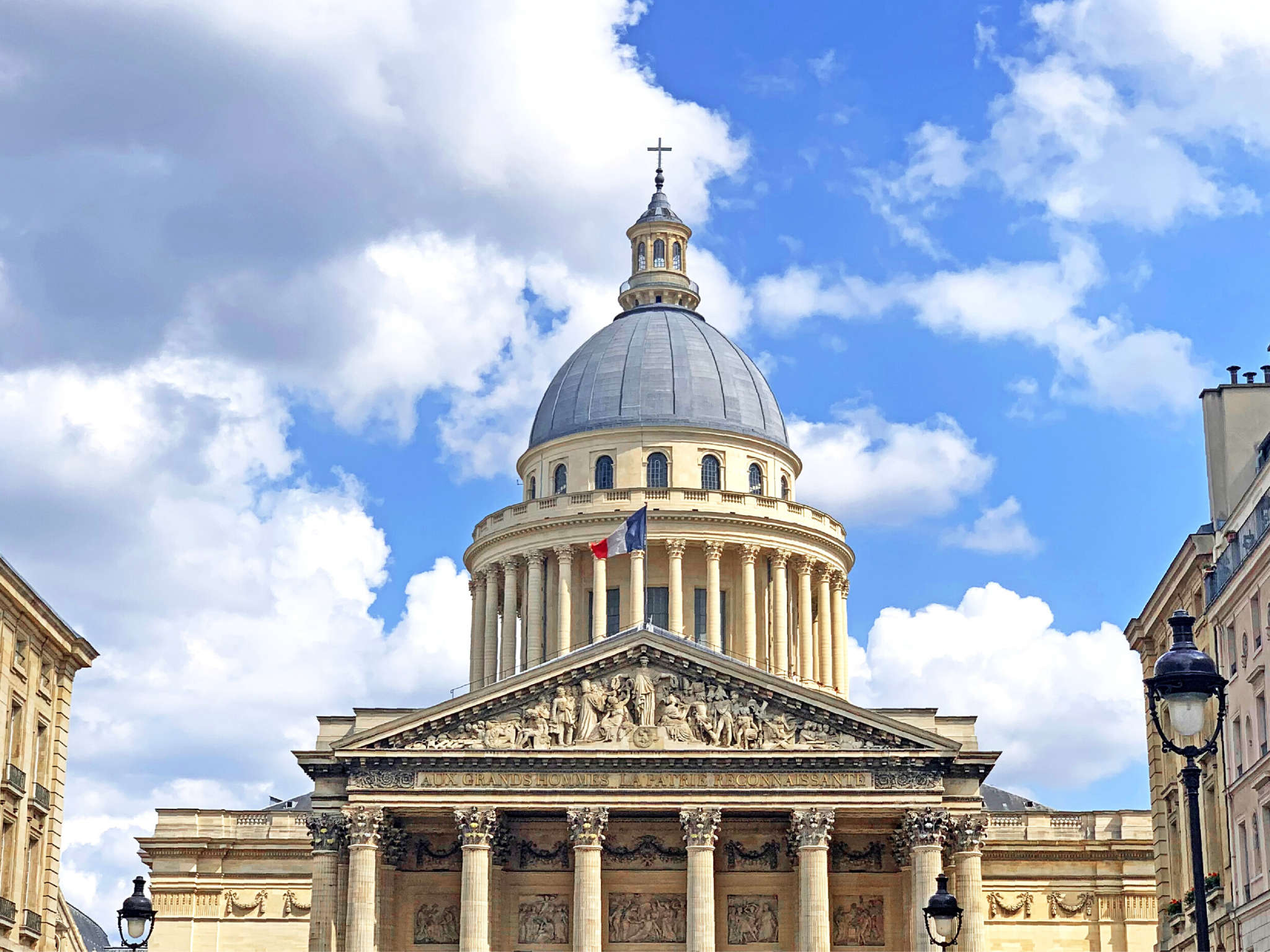Over the centuries, the Kunsthistorisches Museum in Vienna, Austria, has secured its place in the museum hall of fame alongside the Louvre, Metropolitan Museum of Art, and British Museum. Its extensive collection spans everything from the Middle Ages to modern art, and it is a cultural and artistic icon in Europe.
History and Architecture of Kunsthistorisches Museum
Built in the late 19th century by Emperor Franz Joseph I of Austria-Hungary to house the extensive art collections of the Habsburg dynasty, the museum's collections include European paintings, sculptures, and decorative arts, as well as antiquities from ancient Egypt, Greece, and Rome.
After a lengthy initial contest to determine which architect would oversee the museum’s creation, the Emperor tapped the internationally-renowned Gottfried Semper to take over. Though he was initially supposed to simply adjust previous plans, Semper had a bigger vision. Inspired by urban planning in Ancient Rome, Semper set out to create an “imperial forum.”
Semper imagined a symmetrical pair of buildings with the two museums flanking part of Emperor Leopold’s former palace. However, only two museums and part of the “Neue Burg” (new palace) facing the garden came to fruition. Work on the museums took 20 years, and they formally opened to the public in 1891.
The Kunsthistorisches Museum embodies the grandeur and opulence of Baroque architecture, with a grand exterior that features a symmetrical design with ornate columns, elaborate sculptures, and intricate details. The museum's interior is equally impressive, with magnificent halls, sweeping staircases, and richly decorated rooms adorned with frescoes, stucco work, and gilt accents.
Some of the museum's most famous works include paintings by artists such as Vermeer, Rembrandt, Raphael, and Titian and decorative objects from the Habsburg imperial collections.
Fine Arts Collection at the Kunsthistorisches Museum
The Kunsthistorisches Museum is a veritable fine art wonderland – with collections including Greek and Roman Antiquities, Egyptian and Near Eastern, coin collections, a library, and the Kunstkammer Wien, a museum within a museum.
The museum’s fine art collection started with personal pieces from the Hapsburgs and has since grown to include some of the most famous artists from around the world. Many of the fine art at the museum is from the 17th century, including pieces from Venetian painters like Tintoretto, Titian, and Veronese, Flemish artists including Sir Anthony Van Dyck and Peter Paul Rubens, early Netherlandish works of art from Rogier van der Weyden and Jan van Eyck, and German Renaissance painters Albrecht Dürer and Lucas Cranach.
The museum’s Picture Gallery also hosts artwork by Pieter Bruegel the Elder. The museum’s collection includes 12 Bruegel pieces, the world’s largest collection of his works. You can also find paintings from world-famous artists like Rembrandt, Raphael, Vermeer, and Caravaggio.
Historical Artifacts Showcased at Kunsthistorisches Museum
Take a visit to the museum’s Egyptian and Near Eastern Collections to see more than 17,000 artifacts ranging from 3500 B.C. to the early Christian era. The impressive collection is organized into four sections: cultural history, sculpture and relief, writing development, and funerary cult.
Here you can see the Chapel of Ka-ni-nisut, the reserve head of Giza, various sarcophagi, animal mummies, Book of the Dead examples, and divine figures. You’ll get a full sense of ancient life as you stroll through the collection of sculptural masterpieces alongside objects of daily life like cosmetics and clothing.
The Greek and Roman Antiquities Collection dates back to the third millennium B.C. and includes more than 2,500 pieces. Some of the most well-known items are the ancient cameos and the famed Augustan Gem. Other treasures housed in the museum include the Amazon sarcophagus, the Magdalensberg Young Man, and the Theseus Mosaic from Salzburg.
Money has been integral to our lives for centuries, and the museum’s coin collection proves it. You can view over 600,000 (yes, almost half a million!) coins from three millennia. The collection also includes medallions and banknotes.
Featured Art Exhibits and Highlights
The museum features a rotating collection of exhibits, ensuring every visit is always different. You can check online to see what exhibits are currently visiting and which exciting works will be on display in the upcoming months.
Traveling with little ones? Check out the kid’s workshops hosted at the museum every Sunday from 2 p.m. - 4:30 p.m. Quick note – these are held in German. It could be a great way to introduce your kids to a little Deutsch!
If you’re planning to be in Vienna on Thursday, check out the Thursday Evening at the Museum events. The events feature world-class lectures by experts and curators. You can also peruse the museum’s calendar for its in-depth programs, events, and workshops.
Tips for Visiting the Kunsthistorisches Museum
The Kunsthistorisches Museum is one of the top museums in the world, making it a popular cultural attraction.
Here are some key things you need to know about visiting the museum:
- We recommend buying advance tickets (€ 21,00 for adults and € 18,00 for students and senior citizens).
- Individuals under the age of 19 receive free admission.
- The museum is closed on Mondays. It is open Tuesday through Sunday from 10 a.m. to 6 p.m.
- On Thursdays, the museum stays open until 9 p.m.
- Refresh and recharge at the museum’s cafe and restaurant, which share the museum’s operating hours.
For visitors who may have mobility challenges or are looking for information on other accommodations, the museum offers free wheelchairs, handicapped parking at multiple locations, and several elevators.
Our top tip for visiting the Kunsthistorisches Museum is to take a guided tour! Our Kunsthistorisches Museum Crash Course is led by a local art historian or scholar and includes time spent in several of the major collections. One particular focus will be the picture gallery, featuring 16th and 17th-century paintings from Venice, the Netherlands, and Germany, including masters such as Titian, Vermeer, van Eyck, and Dürer. You’ll discuss the visible differences between northern and southern European painting styles and look at how and why the ruling Habsburgs collected certain works. And – our tours are great for travelers of all ages, so bring the family!
The tour’s specific course will adjust according to the desires of the group and the scholarly interests of your guide—be it Greek and Roman antiquities, coins, decorative arts, or large-scale paintings. Regardless of where your feet take us, you'll emerge with a deeper familiarity of the museum's rich collection and its symbolism during the centuries-long rule of the Habsburgs.
Frequently Asked Questions About the Kunsthistorisches Museum
Let’s tackle some of the most common questions about the Kunsthistorisches Museum so you feel prepared for your visit!
What is the Kunsthistorisches Museum known for?
The museum is known for its collection of fine art, artifacts, and coins that span more than three millennia. It includes masterpieces from Pieter Bruegel the Elder, Rembrandt, Raphael, Vermeer, Caravaggio, and more. It also houses a coin collection of more than 600,000 pieces and artifacts from ancient Egypt and Greece.
When was the Kunsthistorisches Museum built?
Construction on the museum began in 1871 and was finished in 1891, taking two decades to complete. The museum was commissioned by Emperor Franz Joseph I of Austria-Hungary, who wanted to create a grand space to house the vast collections of art and antiquities that had been acquired by the Habsburg dynasty over several centuries.
Is The Kunsthistorisches Museum worth it?
Our answer is a resounding “yes!” – whether you're a seasoned art lover or a curious traveler, the Kunsthistorisches Museum will leave a lasting impression on your mind and heart. The Kunsthistorisches Museum is a must-visit destination for anyone interested in art history, cultural heritage, and historical artifacts. With its impressive collection of fine arts and historical exhibits, the museum provides a unique insight into the evolution of human creativity and culture.
What's the best way to see Kunsthistorisches Museum Vienna?
Context’s Crash Course Tour gives you the benefit of seeing the museum with a local art or history expert. You’ll see the famous works of art housed in the museum and gain added perspective on its role in evolving Austria’s culture. The tour is tailored to your private group, making it a great experience for kids and adults alike.
How long does it take to see the Kunsthistorisches Museum?
Though art lovers could easily spend a day (or two!) savoring the treasures in the museum, most visitors spend two to three hours there.
Can you take photos in Kunsthistorisches Museum?
Photography and filming are only permitted for private use and non-commercial purposes, and remember that you are not permitted to use a flash or a tripod. Please take note of signs indicating photography bans for particular works of art.
Visiting the Kunsthistorisches Museum
It’s rare to get an opportunity to see so many masterpieces in one place. Immerse yourself in the historical and creative experience that comes with a visit to the Kunsthistorisches Museum.
If you’re interested in more guided tours of Vienna, look no further. It’s no wonder Vienna is nicknamed “The City of Dreams,” as there are so many captivating places to see and explore.
You Might Also Like:


















